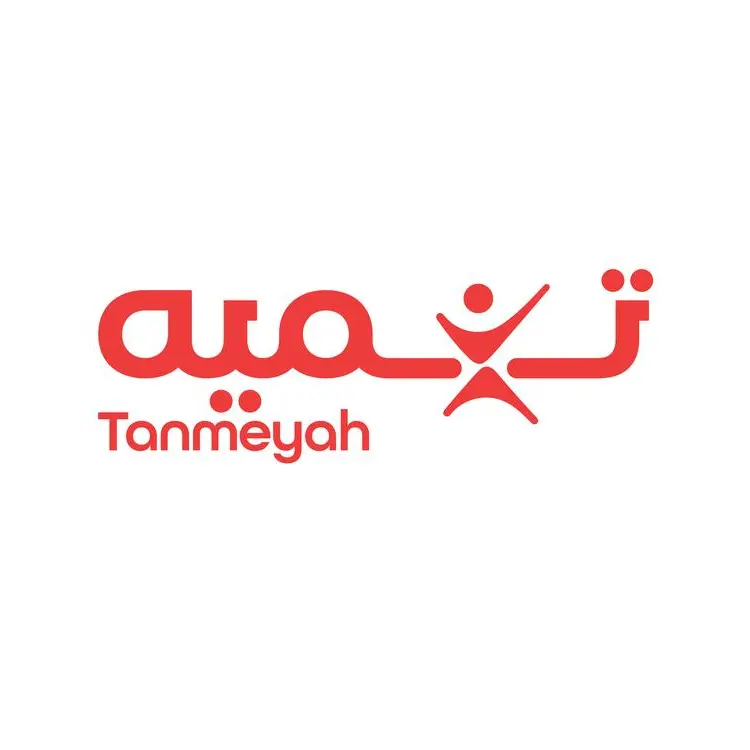London: The International Monetary Fund (IMF) plans to provide separate categories for Islamic finance in its next update to the System of National Accounts (SNA25) and Balance of Payments Manual (BPM7), a positive step in enhancing data quality, comparability and transparency, Fitch Ratings says. Fitch does not expect an impact on headline national accounts or balance-of-payments data, as the methodological exercise’s main purpose is to disaggregate Islamic finance activities.
The new SNA/BPM chapter outline on Islamic finance presents guidance on accounting for Islamic finance in national accounts and external sector statistics. This incorporates areas such as the sectoral classification of Islamic financial institutions, the treatment of insurance-like business, and the special types of financing arrangements that characterise Islamic finance – including sale-based contracts, lease-based contracts, equity-based contracts, or profit or loss sharing. Specificities for areas such as Islamic windows in conventional banks, off-balance-sheet restricted investment accounts, takaful and retakaful, Islamic funds, waqf funds, and hajj funds are also included.
It will be the first time that Islamic finance activities and associated cross-border flows are disaggregated in economic data. Benefits would include more precise measurement of economic activities and flows related to Islamic finance, and the enabling of cross-country comparisons. More broadly, it recognises the increased role of Islamic finance within the international financial system.
National accounts measure value added in the financial sector, which is a different approach to IFRS accounting. Hence, the disaggregation of Islamic finance data in the planned update will provide a way of assessing the importance of the Islamic finance industry in an economy, and its growth. On the balance-of-payments side, the disaggregation of flows of funds in Islamic investments through the financial account, and the associated investment income flows through the primary income account, could provide insights on trends in the foreign ownership of these assets.
The chapter also discusses potential changes in terminologies to ensure consistency with tenants of Islamic finance. For example, it is proposed that interest payments in the primary income account of the balance of payments will be relabelled as ‘interest and similar returns’. The ‘similar returns’ part will be used to describe the broader interest-like returns on Islamic deposits, financing, and debt securities.
The SNA/BPM chapter on Islamic finance highlights some of the challenges in compiling the data caused by differences between Islamic finance structures and similar transactions in conventional finance – such as the concept of economic ownership of non-financial assets in Islamic finance (the commodity, real estate or lease assets that underpin various Islamic transaction contracts).
Agreement on the new methodologies is targeted to take two years, with the second round of consultation on chapter outlines concluded last month. Implementation by national statistical agencies is likely to take much longer. The global consultation is so far showing strong support for including a section on Islamic finance in the updated SNA and BPM, and for developing compilation guidelines for Islamic finance.
Fitch estimates that Islamic finance is present in more than 70 countries and the new data will allow clearer identification of these activities, and their extent. It will also enhance transparency and comparability of the investment flow of Islamic finance instruments (sukuk), which are increasingly issued by non-core market sovereigns. Fitch currently rates over 164 outstanding sukuk worldwide and over 38 Islamic finance-based issuers.
-Ends-
Media Contact:
Matt Pearson
Senior Associate
Fitch Group, 30 North Colonnade, London, E14 5GN
E: matthew.pearson@thefitchgroup.com


















